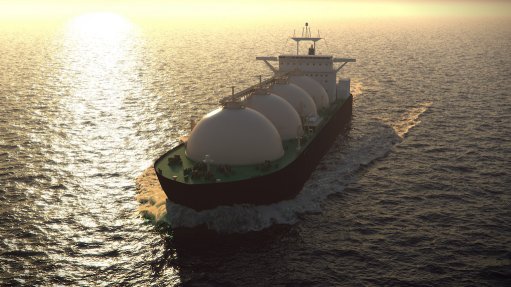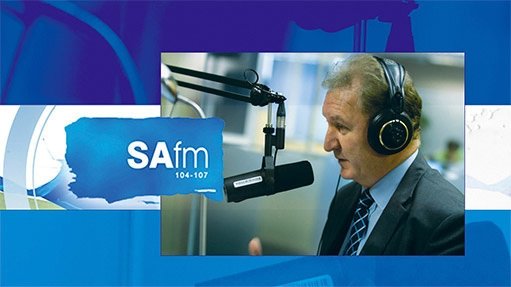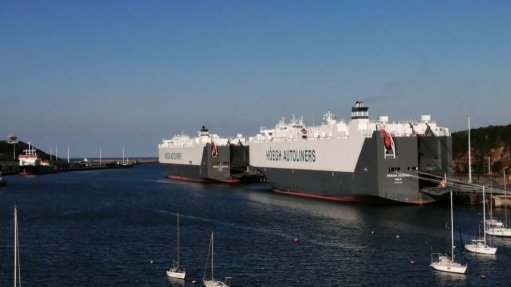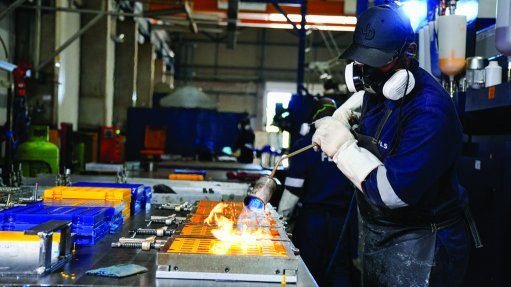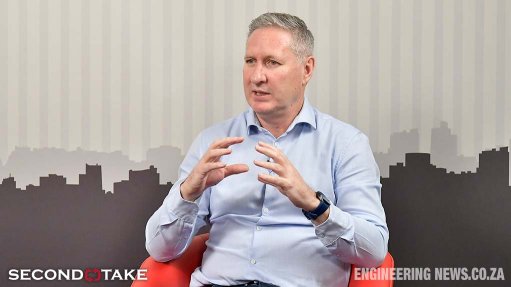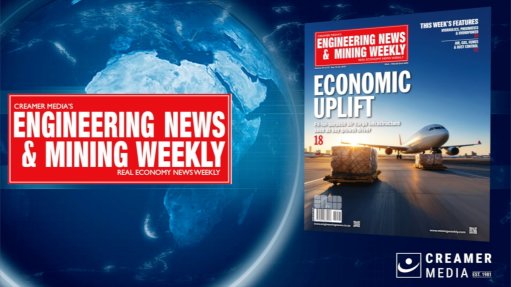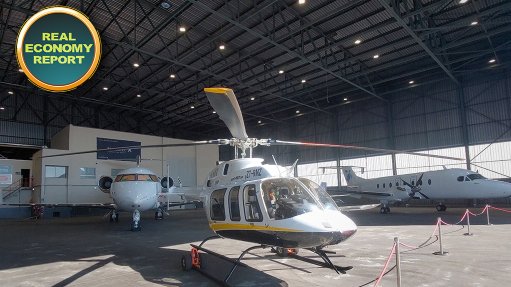Boeing achieves major advance in using composites for cryogenic fuel tanks
US major aerospace group Boeing has announced a technology breakthrough for cryogenic fuel tanks. These tanks are essential components of liquid-fuelled rockets, as they hold the liquid hydrogen and the liquid oxygen that act as the fuel (technically, the hydrogen is the fuel and the oxygen is, by definition, the oxidiser). But they could also play a very important role in the development of long-haul zero-emission flight, carrying liquid hydrogen as jet engine fuel.
With the assistance of the US National Aeronautics and Space Administration (Nasa), Boeing has successfully tested and proven as ready for use a cryogenic fuel tank which is large, made entirely from composites and requires no lining. The aerospace group designed and built the tank in-house, making use of the expertise, experience and resources it has developed in working with aerospace composites for other projects and programmes (most obviously, for example, the 787 Dreamliner).
“Composites are the next major technological advancement for large aerospace cryogenic storage structures,” pointed out Boeing Composite Cryotank Manufacturing lead Carlos Guzman. “And while they can be challenging to work with, they offer significant advantages over traditional metallic structures.”
The test programme was undertaken at Nasa’s Marshall Space Flight Centre, at the end of last year. The test programme was jointly funded by Boeing and the US Defence Advanced Research Projects Agency (much better known as DARPA). During the tests, Boeing and Nasa engineers repeatedly filled the tank with cryogenic liquids and then pressurised it to operational levels and more. In the final test, the cryogenic liquid in the tank was pressurised to 3.75 times the design requirement; the tank did not experience any major structural failure.
“Nasa’s support through this testing has been invaluable,” highlighted Boeing Test Programme manager Steve Wanthal. “We were able to use their technical expertise and investments made in the testing infrastructure at the Marshall Space Flight Centre to continue to advance this technology, which will ultimately benefit the entire industry.”
The composite tank used in the test programme has a diameter of 4.3 m and is similar in size to the cryogenic tanks in the upper stage of Nasa’s latest and most powerful space rocket, the Space Launch System (SLS). The SLS is essential for Nasa’s new human space exploration programme, Artemis, which will return humans to the Moon and take them beyond, into deeper space. If, Boeing pointed out, the new composite fuel tank technology was applied to future versions of the SLS, it would save so much structural weight that it would increase the rocket’s payload by up to 30%.
Comments
Press Office
Announcements
What's On
Subscribe to improve your user experience...
Option 1 (equivalent of R125 a month):
Receive a weekly copy of Creamer Media's Engineering News & Mining Weekly magazine
(print copy for those in South Africa and e-magazine for those outside of South Africa)
Receive daily email newsletters
Access to full search results
Access archive of magazine back copies
Access to Projects in Progress
Access to ONE Research Report of your choice in PDF format
Option 2 (equivalent of R375 a month):
All benefits from Option 1
PLUS
Access to Creamer Media's Research Channel Africa for ALL Research Reports, in PDF format, on various industrial and mining sectors
including Electricity; Water; Energy Transition; Hydrogen; Roads, Rail and Ports; Coal; Gold; Platinum; Battery Metals; etc.
Already a subscriber?
Forgotten your password?
Receive weekly copy of Creamer Media's Engineering News & Mining Weekly magazine (print copy for those in South Africa and e-magazine for those outside of South Africa)
➕
Recieve daily email newsletters
➕
Access to full search results
➕
Access archive of magazine back copies
➕
Access to Projects in Progress
➕
Access to ONE Research Report of your choice in PDF format
RESEARCH CHANNEL AFRICA
R4500 (equivalent of R375 a month)
SUBSCRIBEAll benefits from Option 1
➕
Access to Creamer Media's Research Channel Africa for ALL Research Reports on various industrial and mining sectors, in PDF format, including on:
Electricity
➕
Water
➕
Energy Transition
➕
Hydrogen
➕
Roads, Rail and Ports
➕
Coal
➕
Gold
➕
Platinum
➕
Battery Metals
➕
etc.
Receive all benefits from Option 1 or Option 2 delivered to numerous people at your company
➕
Multiple User names and Passwords for simultaneous log-ins
➕
Intranet integration access to all in your organisation







